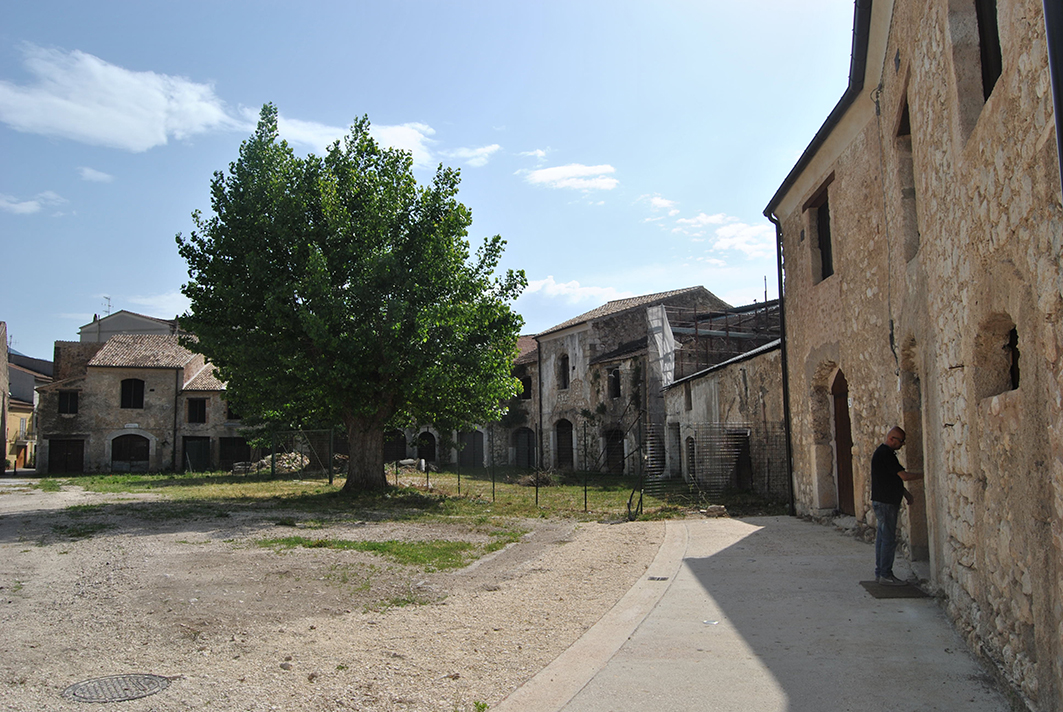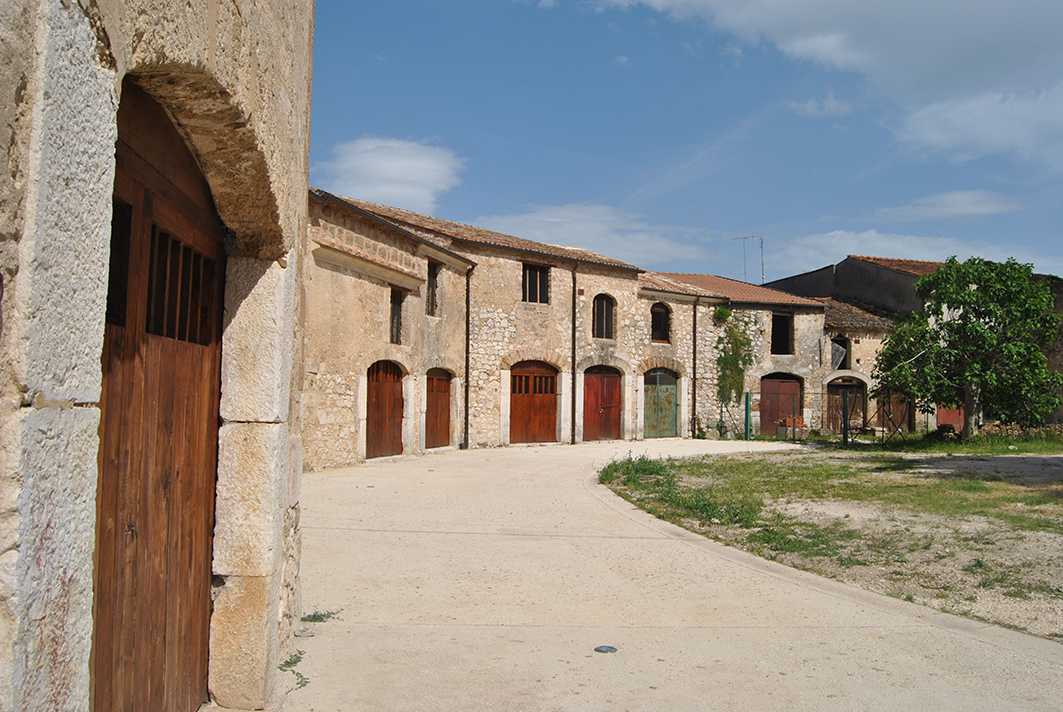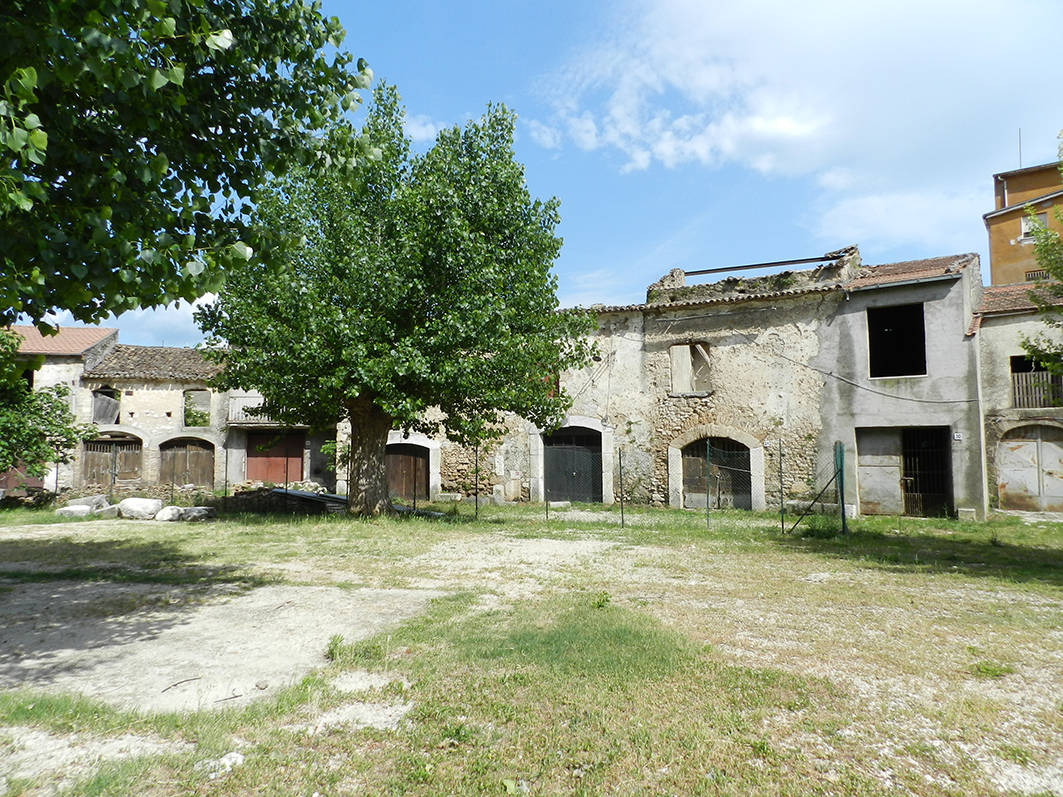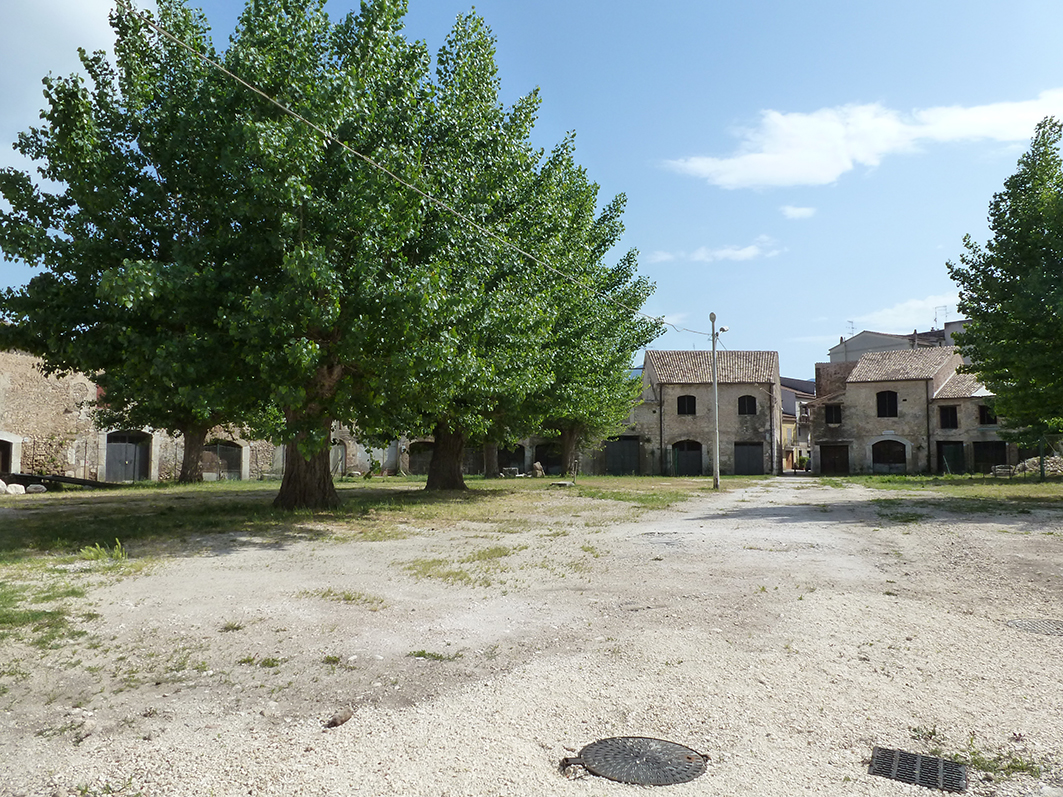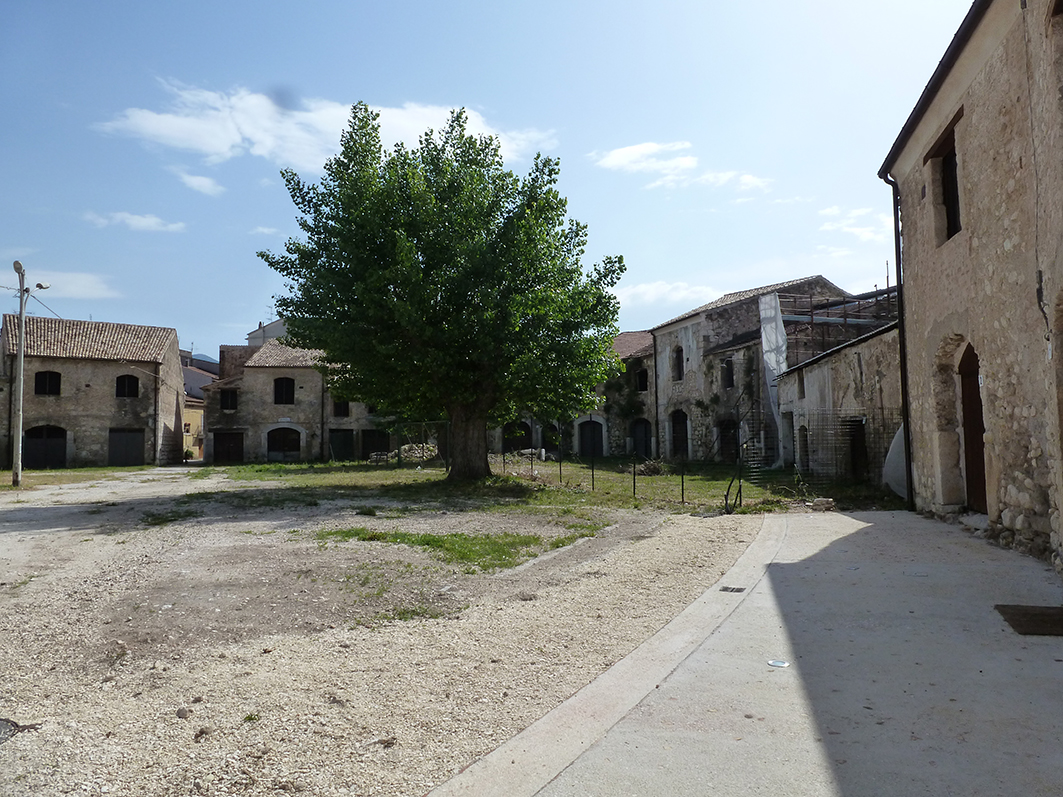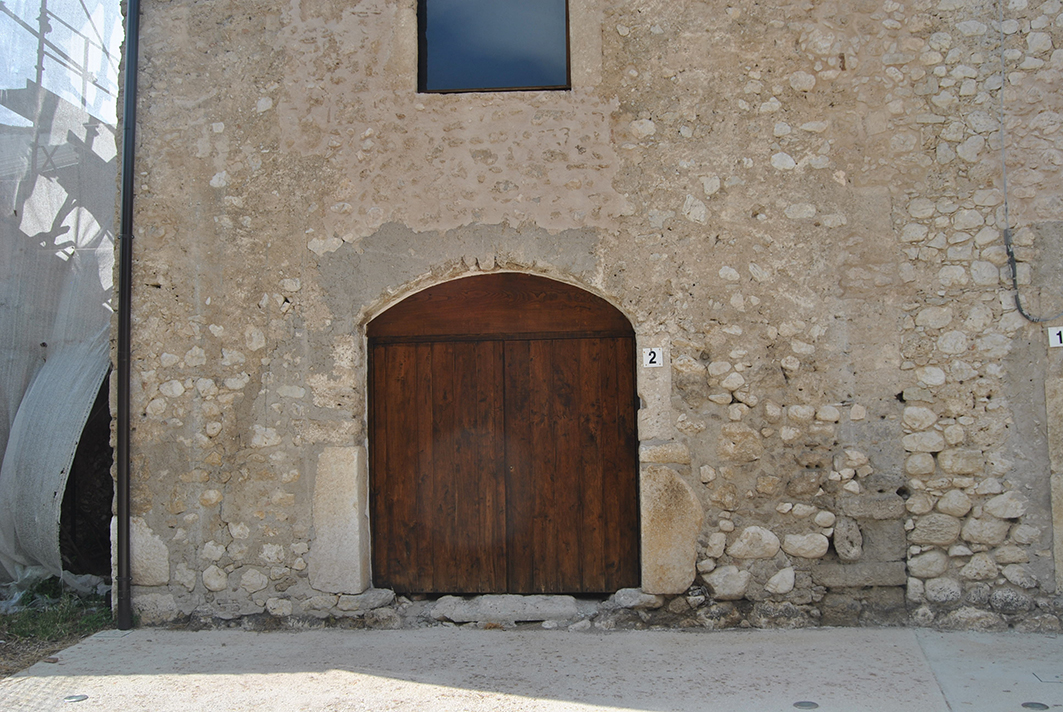Gladiator arena and symbol of the great development of the Roman city, between the Middle Ages and the Renaissance it provided the building materials for the urban center
The large building for shows from the Augustan or Tiberian age, whose current appearance dates back to the beginning of the seventeenth century, stood in the lower part of the ancient town.
Its position is just peripheral to the layout of the walls and opposite the contemporary or slightly earlier Roman theater.
The structure, among the largest in the municipal context, testifies to the development that the Augustan colony must have had in the 1st century AD. It is characterized by a series of epigraphs and funerary friezes directly connected to the financing of the games by the magistrates, as well as to the possible presence of gladiatorial schools in the area.
Between the Middle Ages and the Renaissance, the so-called Verlascio was probably an important quarry of building materials for the urban center. Converted to rural use (for stables and barns), from the fourteenth to the sixteenth century it would have belonged to the noble Martucci family, and was then donated by them (in the second half of the sixteenth century), with its proceeds, to the Chapel of San Giovanni Evangelista, located in the cathedral.
